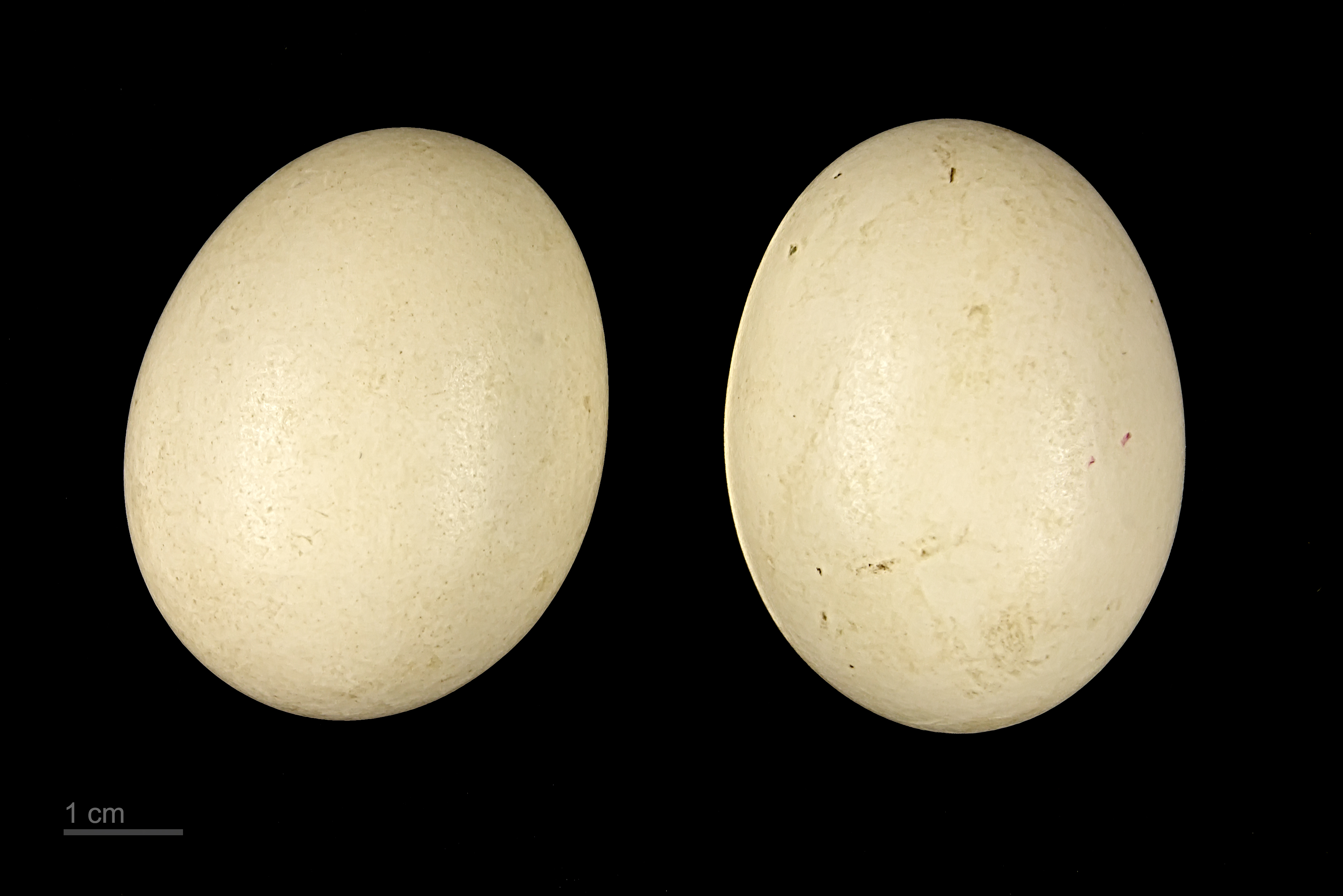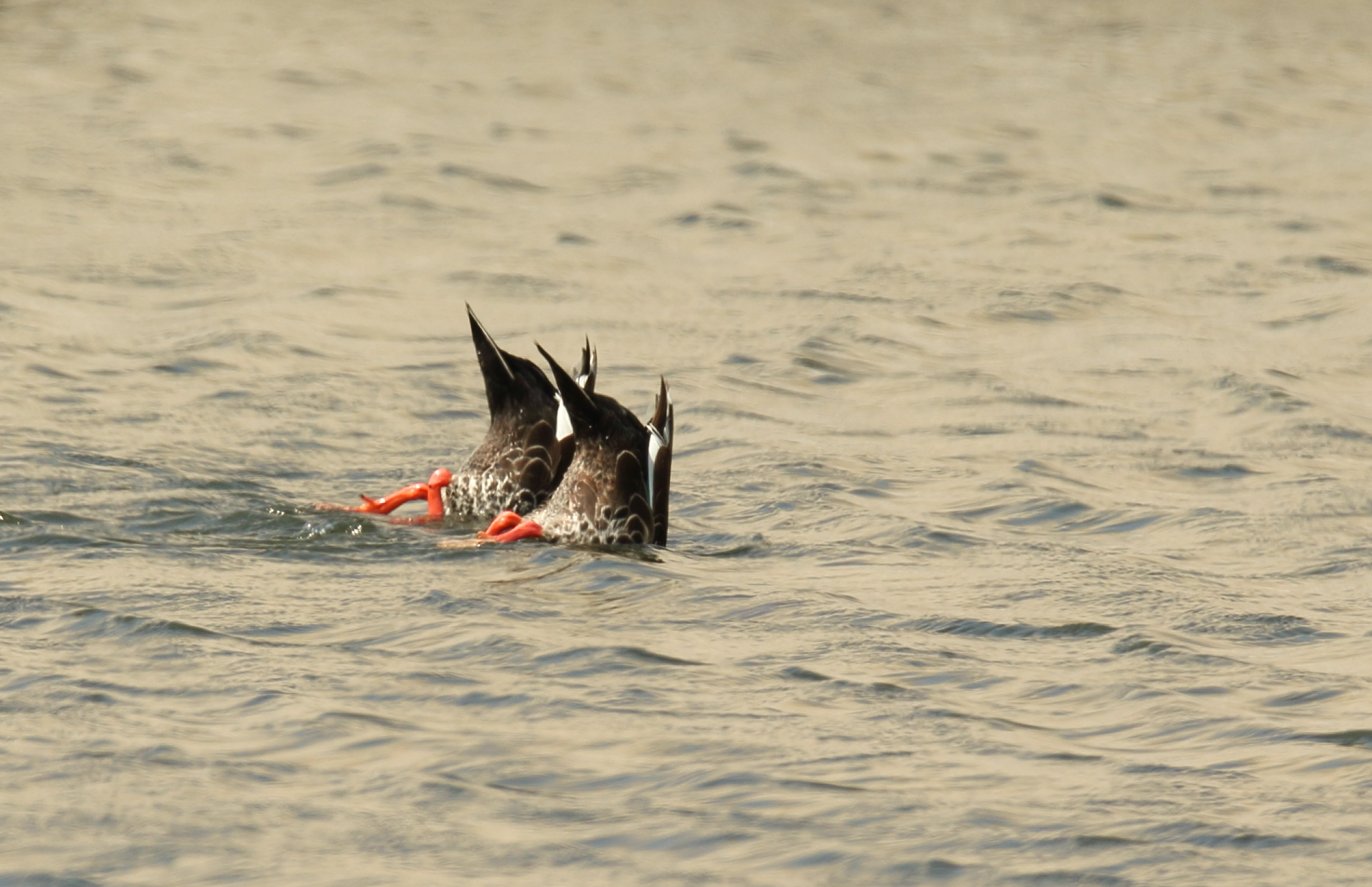|
Shoveler
The shovelers or shovellers are four species of dabbling ducks with long, broad spatula-shaped beaks: * Red shoveler, ''Anas platalea'' * Cape shoveler, ''Anas smithii'' * Australasian shoveler, ''Anas rhynchotis'' * Northern shoveler, ''Anas clypeata'' References *Clements, James, (2007''The Clements Checklist of the Birds of the World'' Cornell University Press The Cornell University Press is the university press of Cornell University, an Ivy League university in Ithaca, New York. It is currently housed in Sage House, the former residence of Henry William Sage. It was first established in 1869, maki ..., Ithaca {{Animal common name Ducks Bird common names ... [...More Info...] [...Related Items...] OR: [Wikipedia] [Google] [Baidu] |
Northern Shoveler
The northern shoveler (; ''Spatula clypeata''), known simply in Britain as the shoveler, is a common and widespread duck. It breeds in northern areas of Europe and throughout the Palearctic and across most of North America, and winters in southern Europe, the Indian subcontinent, Southeast Asia, Central America, the Caribbean, and northern South America. It is a rare vagrant to Australia. In North America, it breeds along the southern edge of Hudson Bay and west of this body of water, and as far south as the Great Lakes west to Colorado, Nevada, and Oregon. The northern shoveler is one of the species to which the ''Agreement on the Conservation of African-Eurasian Migratory Waterbirds'' ( AEWA) applies. The conservation status of this bird is Least Concern. Taxonomy The Northern Shoveler was first formally described by the Swedish naturalist Carl Linnaeus in 1758 in the tenth edition of his ''Systema Naturae''. He introduced the binomial name ''Anas clypeata''. A molecular ... [...More Info...] [...Related Items...] OR: [Wikipedia] [Google] [Baidu] |
Red Shoveler
The red shoveler (''Spatula platalea'') is a species of dabbling duck native to southern South America. Description The species has a spatula-shaped bill, a green speculum, and light blue upper wing converts. Male shovelers vary in color from red to paler shades of red (and pink), while the females tend to have large, dark bills. Adults reach a size of about , weigh about , and have a wingspan of about . Distribution and habitat The red shoveler breeds in the southern half of South America. It ranges from Tierra del Fuego northwards to Chile and most parts of Argentina, as well as to the Falkland Islands; there are small, isolated breeding populations in the southern regions of Peru, Bolivia, and Paraguay. They can also be found in the extreme southern regions of Brazil and Uruguay, in isolated coastal populations and also further inland. It inhabits shallow lakes and pools with dense reed beds, intertidal mangrove swamps and marshes. They can also be found in brackish wate ... [...More Info...] [...Related Items...] OR: [Wikipedia] [Google] [Baidu] |
Australasian Shoveler
The Australasian shoveler (''Spatula rhynchotis'') is a species of dabbling duck in the genus ''Spatula''. It ranges from . It lives in heavily vegetated swamps. In Australia it is protected under the National Parks and Wildlife Act 1974. They occur in southwestern and southeastern Australia, Tasmania, and New Zealand.Clements, J. (2007) The male has a blue-grey head with a vertical white crescent in front of the eyes. Naming The common name for the species ''Spatula rhynchotis'' is Australasian shoveler no matter which country it is found in. It was previously categorised as two subspecies: * ''S. rhynchotis rhynchotis'' Australian shoveler, the nominate race, occurs in southwestern and southeastern Australia and Tasmania. * ''S. rhynchotis variegata'' New Zealand shoveler, occurs in New Zealand. Other names used include: spoonbill, shoveler, spoony, spoonie and shoveller. The Māori Māori or Maori can refer to: Relating to the Māori people * Māori people of New Zeal ... [...More Info...] [...Related Items...] OR: [Wikipedia] [Google] [Baidu] |
Cape Shoveler
The Cape shoveler or Cape shoveller (''Spatula smithii'') is a species of dabbling duck of the genus ''Spatula''. It is resident in South Africa, and uncommon further north in Namibia, Botswana, Zimbabwe, southern Angola, Lesotho, Mozambique, and Zambia. This 51–53 cm long duck is non-migratory, but undertakes some local seasonal movements. It is gregarious when not breeding, and may then form large flocks. This species has a large spatulate bill. Adults have speckled grey-brown plumage and dull orange legs. As with many southern hemisphere ducks, the sexes appear similar, but the male has a paler head than the female, a pale blue forewing separated from the green speculum by a white border, and yellow eyes. The female's forewing is grey. Cape shoveler can only be confused with a vagrant female northern shoveler, but is much darker and stockier than that species. It is a bird of open wetlands, such as wet grassland or marshes with some emergent vegetation, and feeds b ... [...More Info...] [...Related Items...] OR: [Wikipedia] [Google] [Baidu] |
Dabbling Duck
The Anatinae are a subfamily of the family Anatidae (swans, geese and ducks). Its surviving members are the dabbling ducks, which feed mainly at the surface rather than by diving. The other members of the Anatinae are the extinct moa-nalo, a young but highly apomorphic lineage derived from the dabbling ducks. There has been much debate about the systematical status and which ducks belong to the Anatinae. Some taxonomic authorities only include the dabbling ducks and their close relatives, the extinct moa-nalos. Alternatively, the Anatinae are considered to include most "ducks", and the dabbling ducks form a tribe Anatini within these. The classification as presented here more appropriately reflects the remaining uncertainty about the interrelationships of the major lineages of Anatidae (waterfowl). Systematics The dabbling duck group, of worldwide distribution, was delimited in a 1986 study to include eight genera and some 50–60 living species. However, Salvadori's teal ... [...More Info...] [...Related Items...] OR: [Wikipedia] [Google] [Baidu] |
Cornell University Press
The Cornell University Press is the university press of Cornell University, an Ivy League university in Ithaca, New York. It is currently housed in Sage House, the former residence of Henry William Sage. It was first established in 1869, making it the first university publishing enterprise in the United States, but was inactive from 1884 to 1930. The press was established in the College of the Mechanic Arts, as mechanical engineering was called in the 19th century, because engineers knew more about running steam-powered printing presses than literature professors. Since its inception, The press has offered work-study financial aid: students with previous training in the printing trades were paid for typesetting and running the presses that printed textbooks, pamphlets, a weekly student journal, and official university publications. Today, the press is one of the country's largest university presses. It produces approximately 150 nonfiction titles each year in various disci ... [...More Info...] [...Related Items...] OR: [Wikipedia] [Google] [Baidu] |
Ducks
Duck is the common name for numerous species of waterfowl in the family (biology), family Anatidae. Ducks are generally smaller and shorter-necked than swans and goose, geese, which are members of the same family. Divided among several subfamilies, they are a form taxon; they do not represent a monophyletic group (the group of all descendants of a single common ancestral species), since swans and geese are not considered ducks. Ducks are mostly aquatic birds, and may be found in both fresh water and sea water. Ducks are sometimes confused with several types of unrelated water birds with similar forms, such as loons or divers, grebes, gallinules and coots. Etymology The word ''duck'' comes from Old English 'diver', a derivative of the verb 'to duck, bend down low as if to get under something, or dive', because of the way many species in the dabbling duck group feed by upending; compare with Dutch language, Dutch and German language, German 'to dive'. This word replaced ... [...More Info...] [...Related Items...] OR: [Wikipedia] [Google] [Baidu] |


